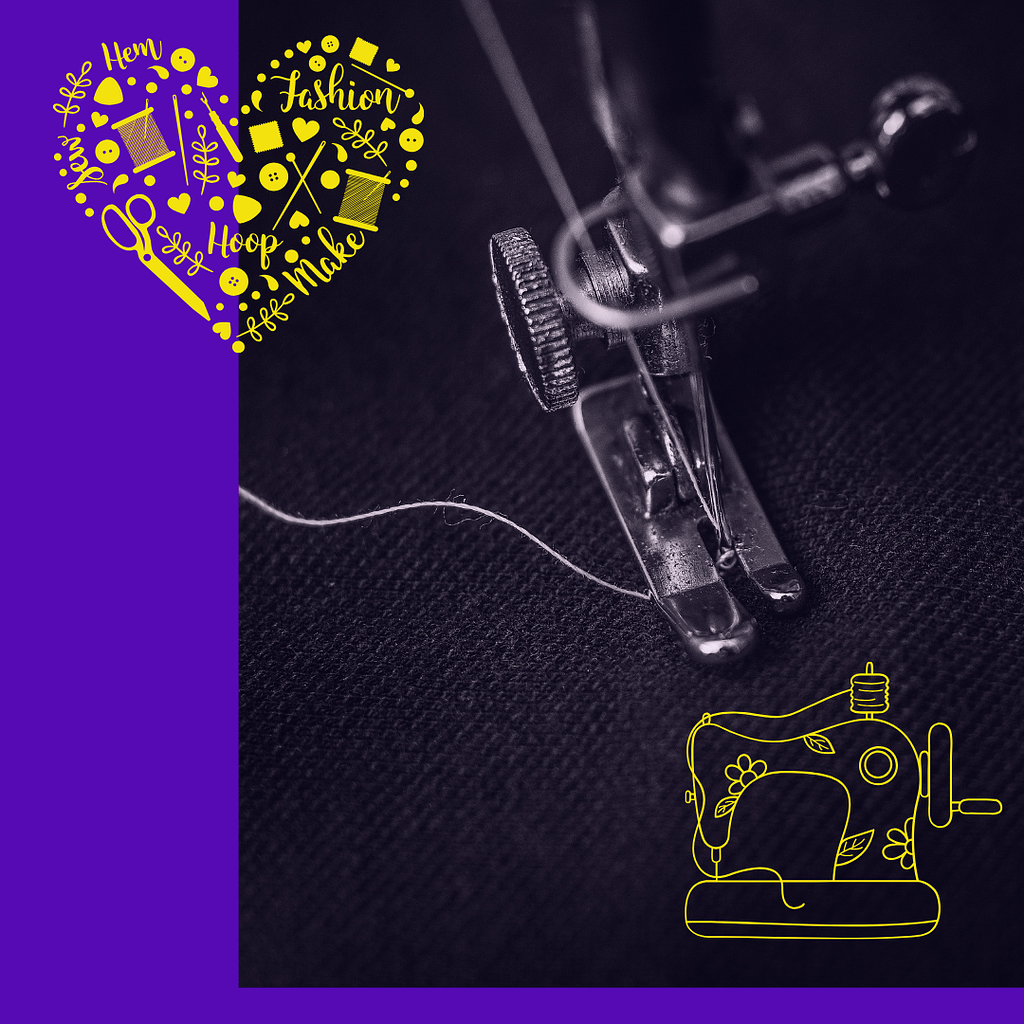
Clothing Factory — How Small-Scale Garment Manufacturers Operate
Small clothing factories are the quiet force behind many independent and sustainable fashion brands
Unlike large-scale production, these manufacturers focus on quality, craftsmanship, and flexibility
Sample development is the starting point
Designers work closely with the factory to bring ideas to life
Patterns are created
Fabrics are tested
Fit samples are refined until the product is ready for production
Low minimum order quantities (MOQs) give new brands a chance to grow
Small factories allow you to produce in small batches without committing to thousands of units
This reduces risk and waste
Sourcing support can be part of the service
Many small factories help clients find fabrics, trims, and labels
They often have local connections and trusted suppliers
Cut and sew production is done in-house
From cutting fabric to final pressing, every step is carefully handled
Skilled seamstresses and tailors maintain high quality standards throughout
Customization is a big advantage
You can add embroidery, screen prints, hand dyeing, or unique finishes
Small factories allow for creative control and personalization
Communication is fast and clear
Working with a small team means decisions are made quickly
Feedback is welcomed
You build a real partnership, not just a transaction
Why brands choose small-scale garment production
Flexibility in designs and timelines
Lower entry costs for startups and small labels
Stronger attention to detail and quality
Sustainable and ethical practices
More human connection between brand and maker
A small clothing factory doesn’t just make clothes
It helps bring creative visions to life
If you’re looking for craftsmanship, collaboration, and conscious production, this is the path to choose
